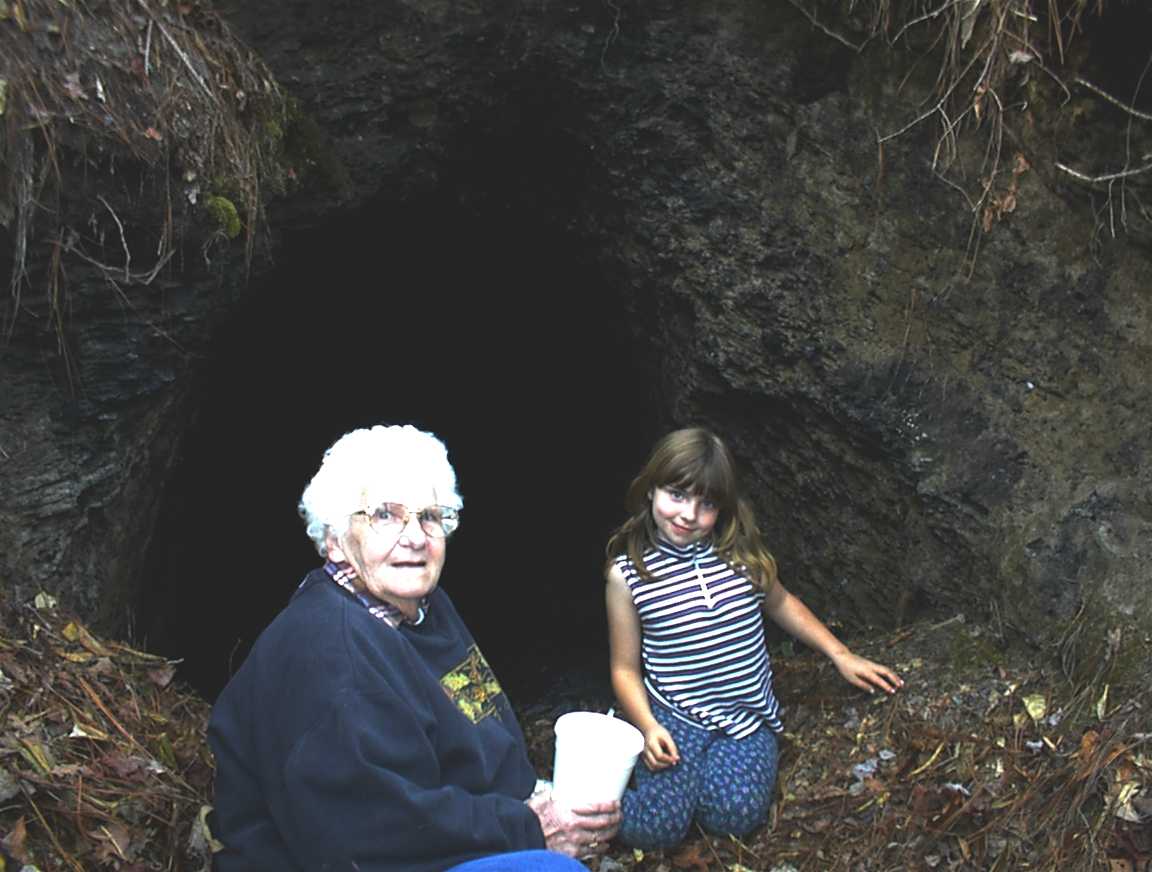| Vesuvius and Naples |  |
| |
Italy San Vito
James A. Mallonee
Having just completed a 3 year tour in Southern Italy, at San Vito dei Normanni in the province of Brindisi, I have a pretty good idea of the local rock varieties. The Italian Peninsula is a raised area of the sea floor composed primarily of sedimentary rocks. Certain areas such as Naples with Mount Vesuvius are volcanic rocks on top of sedimentary. The areas around Mount Vesuvius have various metamorphic schists and serpentines as well as some low grade marbles as well. The northern area of Italy is composed primarily of metamorphic rocks, primarily marble and related species of rock. The province of Brindisi has a number of quarries dotting the country side. In fact Roman, Mideival and modern quarries sometimes exist side by side. For the most part the material the quarries are looking for is limestone for road and building purposes. Limestone is made of mostly calcium carbonate or calcite. When rain falls it has collected various gases and solids out of the air. One of these gases, carbon dioxide, makes a poor acid. However, limestone reacts to acids very good. So some of the limestone is eaten away and deposited elsewhere leaving a cavity or cave behind. One of the many caves that I had good fortune to find was located in an old quarry near where I was renting a villa. The quarry was being used as a holding pit for gravel for a modern quarry, so when I found the cave it was in imminent danger of being buried. Unfortunately, it is now about 5 feet under clay and gravel. I had been picking up pieces of calcite flow stone along the side of the quarry, and decided to follow the access road all the way to the bottom, where a fig tree was valiantly trying to survive. When I reached the bottom, I discovered there was a hole about 2 foot high by 4 foot long behind some rocks that had obviously fallen off the ledge above my head. Well, I easily fit into the hole, since it only went in about 6 foot. I had found a small cave, I could tell it had been a rock pool at one time, possibly for thousands of years. The sides of the cave had ledges composed of yellowish calcite crystals, the floor, beneath the dust, was also calcite crystal. In places hanging from the ceiling were stalactites that had hung in the original pool long enough to have literally "blossomed" with calcite flowers. I have since been to many caves, and I have seen many beautiful sights before and since, but when I first lay in that little cave and saw those softly glowing walls reflect the light of the afternoon sun, I thanked the Lord for His works. God has a tendency to make things that aren't much to look on from the outside, but a wonder on the inside. Rockhounds are surrounded by examples every time we go out in the field collecting. Who would pick up most geodes or agates just looking at the outside? For some reason in this area the best collecting is at the older quarries. The newer ones don't seem to have that much good calcite crystal or flow stone. Most of the calcite from this area has been stained a rusty red or orange color because of iron in the local soils. There are few other materials in this area to find, some fossil clams and snails, either in limestone or soft sandstone. There is also at least one deposit where the shells have been replaced with calcite, sometimes looking like miniature geodes. This deposit is located just off the NATO/US Forces base of San Vito. It is easy to get to on foot, being about 1 1/2 mile north of the base on the main road. There is a field to the east of the road with several hills about a half mile before the bridge. They are lying loose in the soil on the hills.

|